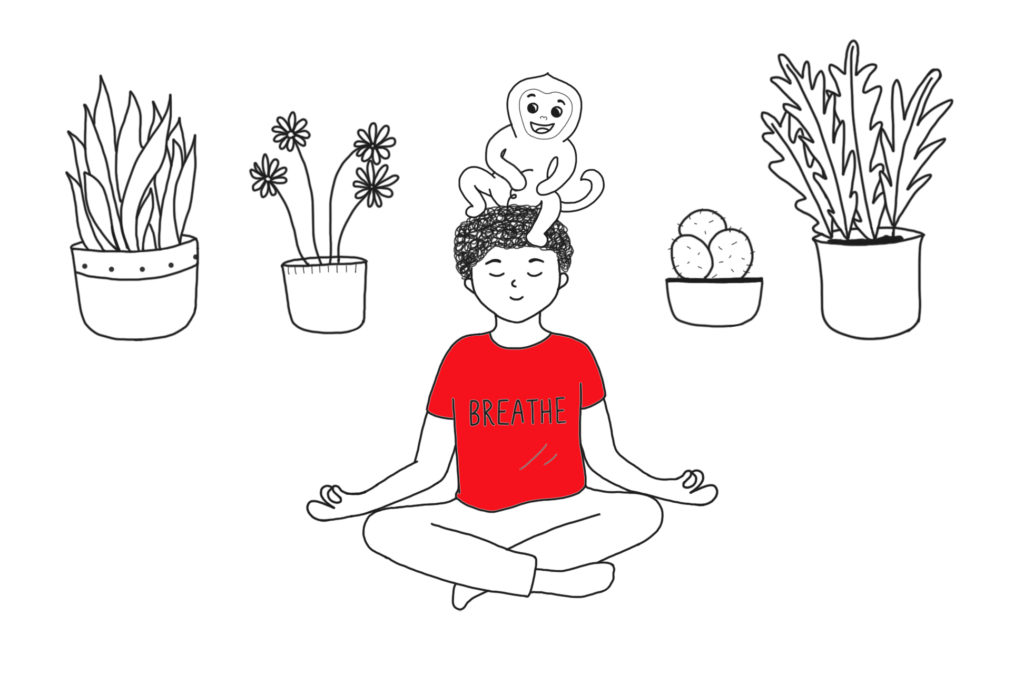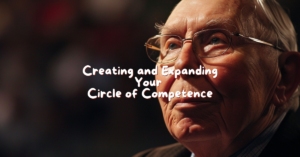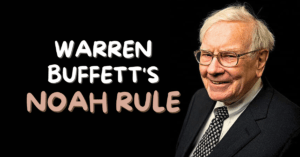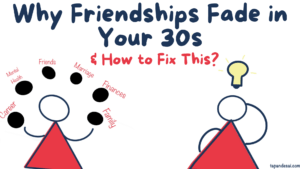Observe your mind or it will invent problems.
Wisdom Theory (on Twitter)
When I said meditation is a super-power, I meant it.
I am a huge fan of Tools of Titans by Tim Ferriss (check it out on Amazon) which is essentially a compilation of interviews from people you might call successful.
I observed one practice that was common in most responses – meditation?♂️
Meditation is one of those practices that doesn’t show tremendous results initially. Heck, you wouldn’t even know if you’re doing it correctly!
But when you practice it consistently for a long period of time, you will start observing some changes.
I meditated consistently for a year and here are the lessons I learned. Additionally, some techniques to get you started at the end.
🤔So what were the changes that I observed?
I have become more conscious of my mood.
I used to get anxious or angry at little things. Sometimes, I show this anger in front of my loved ones. But now I can observe this stress or anger building up.
I have learned to ask myself (before the burst of anger), why am I really getting angry? Why am I really anxious? When you do this kind of reflective questioning you realize the ‘thing’ over which you were getting anxious or angry isn’t even worth it. So you stop.
I am not saying I have become perfect with this. I still lose it from time to time. But just a little more conscious.
I am slowly taming my monkey mind.

The monkey mind is a Buddhist term for an unsettled, restless, capricious, whimsical, fanciful, inconstant, confused, indecisive, and/or uncontrollable mind.
For people who are not aware of the concept of the monkey mind, here is a brilliant article from Wait But Why explaining the same in terms of an instant gratification monkey.
Essentially, our mind needs to be distracted at all times. We tend to do this by replaying our past or trying to predict the future based on our past experiences.
As Sadhguru puts it, “we digest our past and excrete on the future”.
Why did Mrs. Fernandes hit me in the 5th grade or how can I move my made-up business into a made-up office in 3 years. I personally spend a lot of time in these made-up worlds. Especially in the shower – I become J. R. R. Tolkien making up fantasy worlds that have a probability of happening lower than humans discovering another continent on Earth.
So how has meditation helped with this? I am a little more conscious when I am drifting off into my past or future. I realize I am making up things in my head; instead, I should focus on the ‘now’.
Meditation has reduced my suffering.
We suffer because we exaggerate things in our minds. Yes, we feel pain but we don’t have to feel the suffering.
It’s like telling a child who falls down that he isn’t hurt. The child will feel the pain but won’t suffer, it stops crying. We all are still children and we need to fool our minds. And we are the easiest people to fool.
As you meditate, you build a technique to be a little more conscious of your thoughts. Our ‘exaggerated’ thoughts essentially lead to suffering.
I have a practice to balance my mind.
I have developed a technique.
It’s three big breaths before a meeting. Three breaths after the meeting. If I feel stressed during the day, I take a minute away from my desk. Breath, pause, focus, and go back to work.
I enjoy walking a lot more. I observe my surroundings and not 100% of the time engrossed in my thoughts. Just a little more conscious. This leads to more creative thoughts.
The above list (breathing during work, walking consciously) you would have heard or read before. So did I but what no one told me was that these are habits that you need to form.
Same as Dr. Asthana starts laughing every time he is angry, you need to make conscious breathing when you are stressed a habit.

⏰How did I start my practice?
Initially, I tried different forms of guided meditation while I was living in NYC. However, I was never consistent.
So in 2020, I decided to make it my goal to meditate daily. At least once a day; give me 30-minutes to sit ideally and observe my thoughts.

However, like most New Year’s resolutions, the motivation died in a month. I hit a 3-month slump.
And then in May 2020, I read the tweetstorm published by Naval on meditation.
As Naval puts it, I realized that I was complicating the practice by focusing on technique. All I had to do was to sit quietly. So I started doing that. Every day for the next 4 months. You can see from the screenshot, at that time I achieved the highest daily average.
I hit stagnation in the practice in September when I thought I wasn’t progressing. I wanted to learn more. So I enrolled in Sadhguru’s Inner Engineering program (I had already read the book).
It was a 7-day online program, each session lasting for 90 minutes. The program is really philosophical (which I enjoyed) but most importantly I cared about the last 30 minutes of each session. This was the time to meditate with Sadhguru. I learned a few techniques here including Isha Kriya.
I practiced this until November. In November, my firm gifted everyone 1-year of Headspace membership as part of the well-being program. Headspace has a bunch of courses that I am currently using to deepen my practice.
🏃🏼♂️How do you start?
All that is cool but you haven’t gotten any practical advice out of this article until now. So how do you start?
As you can see, I did a lot of experimentation in developing my practice. But here is a quick guide of how can you start.
⏲Schedule 10 minutes every morning.
Yes, start with 10 minutes. I started with aiming for 30-minutes; it was a mistake for the following reasons.
- When you start you don’t know if you’re meditating correctly. Scheduling 10-minutes and practicing it makes more sense as you learn. Once you have learned the basics, increase your time gradually.
- 10-minutes is more practical for a lot of people with a job. I don’t expect you to wake up an hour early just to meditate. I do it but not everyone is committed to doing it (if you are, start with 30-minutes).
New habits take motivation and we have a limited pool of motivation per day. So if you’re starting a new habit of meditating, you are already using part of your motivation. I won’t ask you to take a bit more from your motivation bucket and wake up early as well.
Why morning? It’s the best time of the day to give to yourself. Take a shower and sit down quietly. Don’t look at your phone until you’re done with meditating.
Trust me, you will thank yourself for giving yourself 10-minutes every morning to just sit quietly before the day starts. If you workout in the morning, spare 10-minutes before your workout to sit in peace.
🔀Guided vs. Unguided
I started my practice with guided meditation, then moved to unguided, and then guided again.
I find guided meditation useful to develop a practice but at the same time, it makes it difficult; just when you are about to enter your ‘zone’, someone, in the app talks, and you get back to reality.
Unguided is better in that sense. But if you’re a beginner, with unguided you wouldn’t know what you’re doing is correct or wrong.
So here’s my take.
- Start with guided – use an app like Insight Timer (free) or Headspace (paid) to build your foundation.
- Move to unguided – over the weekends when you have more time, dabble with unguided meditation. See if you’re comfortable. Both the apps above have meditation timers which will gently sound an alarm at the end of your time.
I used to set an alarm. So after 10-minutes, I would get startled when the alarm went off.

The end-goal should be to move towards unguided meditation as you progress over the years.
✌What to do when you start meditating
Nothing.
Keep it simple.
If you’re using a guided meditation technique, just follow the instructions in the app.
If you’re using unguided, here are some techniques.
- Focus on your breath – see how it feels, observe when you inhale and exhale. You will have thoughts, and when you realize you’re drifting in your thoughts, just come back to your breath. No judgment.
- Scan your body – scan from head to toe, how your body feels? Scan individual parts. Yes, sounds weird but here is an example: when I am anxious, my chest feels heavy. When I started meditating, I observed this. Since I have been meditating daily, I realize whenever my chest feels heavy, I am starting to feel anxious.
You will have thoughts. When you realize you’re drifting in your thoughts, just come back to scanning. No judgement.
- Observe your surroundings – by observation, I mean using your other senses. What do you smell? What do you hear?
You will have thoughts, and when you realize you’re drifting in your thoughts, just come back to your observation. No judgement.
- Use a combination of the above.
That’s it – that’s all a beginner needs to start meditating. There are more advanced techniques like noting and visualization which I am still learning. As I learn, I will keep sharing my thoughts.
But I think you have enough knowledge to get started.
Again, put simply, if you just put 10-minutes aside every morning and sit quietly – you are meditating?
Note: Some items listed above are Amazon affiliate links. This means I receive a very small commission if you make a purchase after clicking through some of the images/links above, at no additional cost to you (i.e. the prices don’t change).




